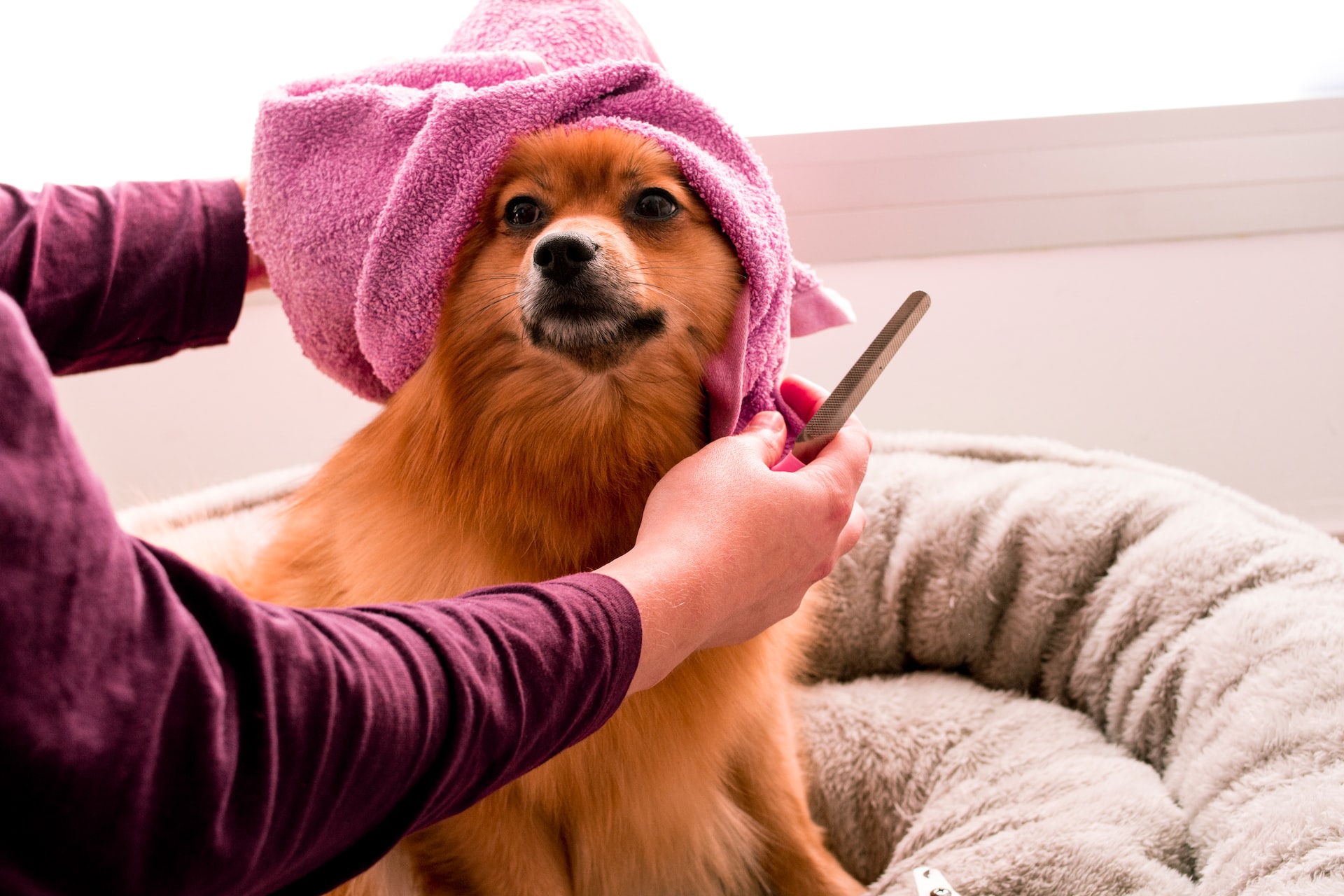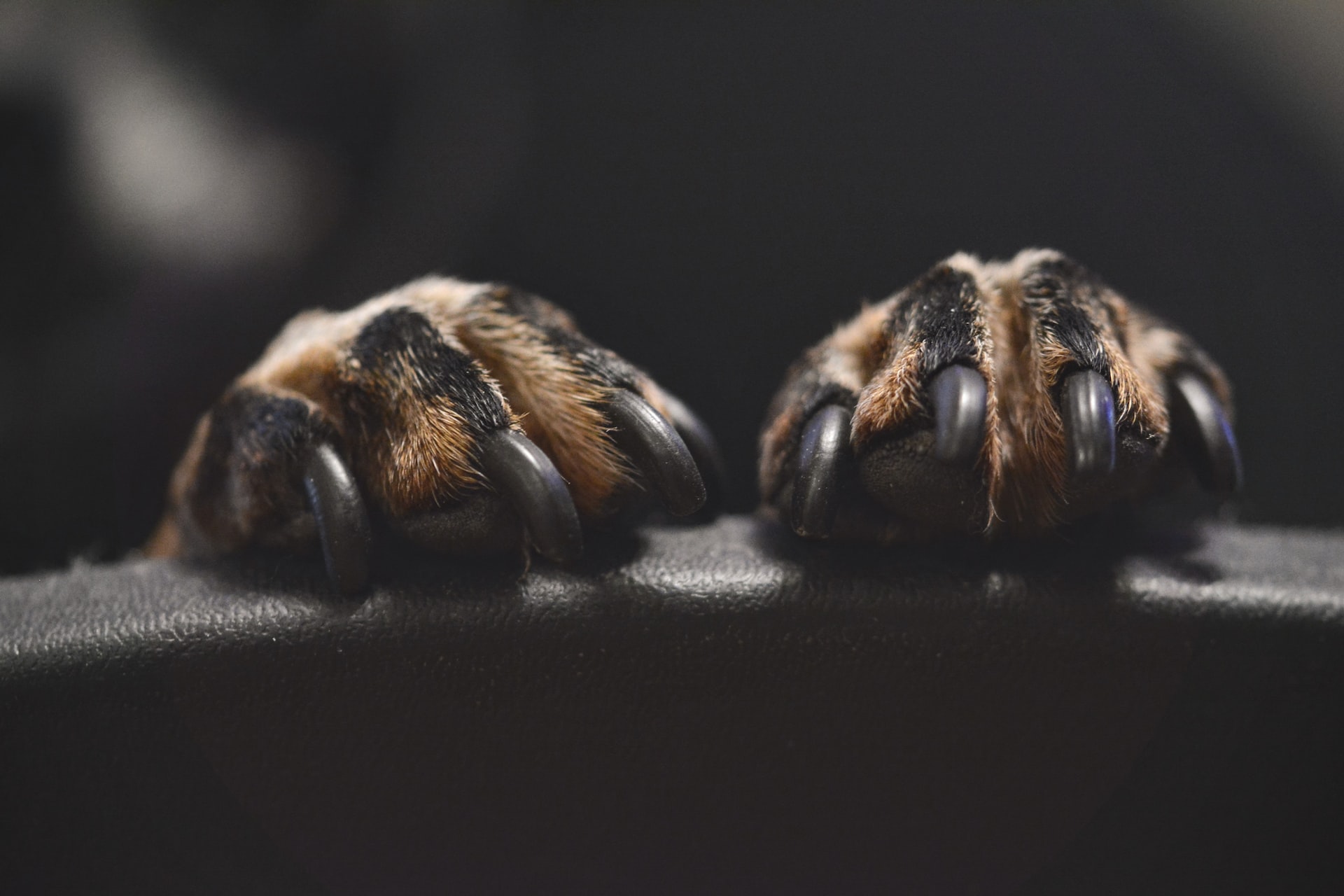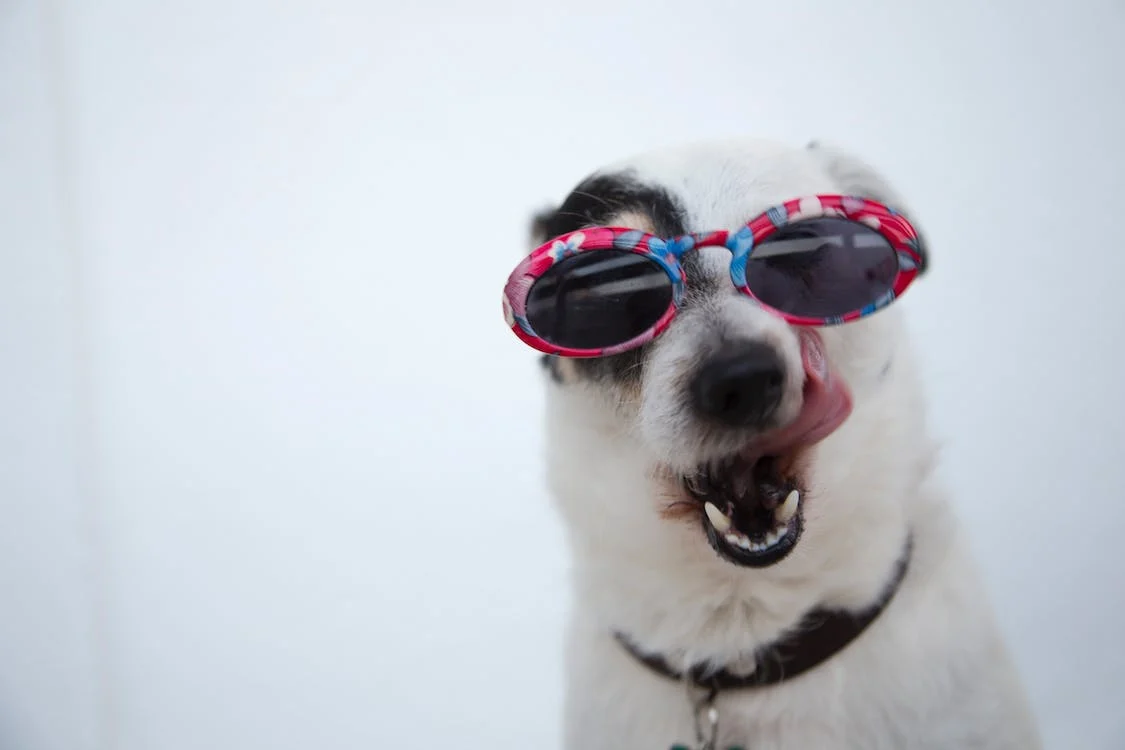Taking care of your dog’s health includes taking care of their nails. We want our dogs to be comfortable and not feel pain from certain diseases. However, we also want their nails to not hurt them.

It is important to know the anatomy of your dog in order to care for its nails. Below, learn more about the toenails of dogs.
- Dogs have four toenails on each paw, and each one is at the end of each foot.
- Dog toenails contain a protein called keratin, just like human toenails.
- Dog’s nails are oval in shape. They grow out narrower and wider in the toe area.
- The quick is the bundle of sensitive blood vessels and nerves that is inside every nail. If it is damaged or cut it will bleed, causing pain for your dog.
- The quick is identified by its pink color in clear nails. However, the white nail that extends beyond the quick can be distinguished. Some dogs may have dark nails which makes it difficult to identify the quickly.
- The nerves are not present in the part of the nail that is above the quick, so these parts aren’t as sensitive.
- When you touch your dog’s paw, they shouldn’t feel pain from their nails if their nails are healthy/well-trimmed.
- When your puppy is still , it’s best to begin taking good care of their nails. They will associate it with a positive experience and not be afraid if you offer them treats.
How to Trim Dog Nails

How do you use dog nail scissors? You want to trim the toenails of your dog on the side before the quick. This will leave only the tips of the nails. A tip is to look at your dog’s untrimmed nail from the side view. It will curve after you trim it.
These are the steps to trimming your dog’s nails, including how to use dog nail clippers.
- You should focus on one nail at a time and trim it with care. Once you have trimmed one nail carefully, praise your dog. Give them a treat. Repeat the process with the other nails.
- After trimming the nails on one paw you can pause to play first. Relax.
- Step one: Continue to do the rest of your nails on the same foot.
You can repeat the above steps on another paw the next day. You can do all four paws in one go if you are more skilled. To be sure, you can take your dog to the vet to have their nails cut.
My dog has a broken nail
How to Stop Dog Nail Bleeding
There are always accidents when trimming the nails of dogs. Accidentally trimming your dog’s nails too short can cause bleeding. However, there is no need to panic. Most accidents caused by trimming nails are minor and can be treated at home.
Styptic Powder can stop bleeding from nail-trimming injuries. It has anti-hemorrhage ingredients that contract small blood vessels. It helps to clot blood and prevents harmful bacteria from entering the bloodstream.
The powder should stop bleeding within 20 minutes if you follow the directions. If bleeding persists, please contact your vet.
Nail-Trimming Tools for Dogs

Grinder, File. Cap, Clippers. Trimmer. Scratching Board.
You should choose the dog nail-trimming tool that is most comfortable for you. Guillotine-style and other nail trimmers, for example, are simple to use but can cause accidental bleeding if not used with care.
A grinder is also available if you don’t want to use clippers or just need to touch up. These tools are often battery-operated, so they can be used to grind nails slowly instead of cutting. This makes them less susceptible to accidental bleeding.
You can also use files and caps to trim the nails of your dog. Make sure you have Syptic powder on hand in case of an accident.
Dog Nail Infections
A dog’s claw can become infected if it isn’t treated properly, regardless of whether it is a small cut or an ingrown one. the research defines dog nail infections as nail bed infections. This refers to any disease that affects the claw or surrounding area of your dog’s nail. Nail infections can occur in many dogs, and they are very common.
It is usually easy to treat and heals quickly. However, you should bring your dog to the veterinarian if you suspect an infection. This will help prevent any further spread or worsening.
Here are some examples:
Nail injury/trauma
This is the most common cause of nail infection. Different injuries to the nails and trauma can lead to wounds that may be susceptible to infection. Stepping on foreign objects (glasses, rocks, thorns etc.) is one example of trauma and injury. ), pawned bites/frostbite, allergies and broken/split/cracking nails.
Bacterial infection
Dogs can get infections from bacteria if their paws are injured or traumatized. This could lead to inflammation and infection around the claws. If your dog chews or licks the injury, it could also become infected. Your dog’s nails may become red, inflamed or warm as a sign of infection.
Fungal infection
Onychomycosis is when your dog has a fungal infection in its nails or claws. Ringworm infection is the most common cause. Ringworm is most common in dogs’ skin and hair. However, severe cases can cause onychomycosis.
Ingrown nails
Dog nails can grow too long or curl up if they are not kept trimmed. This could cause your dog to have a painful infection. An “ingrown nail” is a nail that has reached deep into the skin of your dog.
It can cause your dog discomfort, making it difficult for them to walk or feeling lethargic. Senior dogs who have a higher rate of ingrown nails will be more likely to get them trimmed.
Pruning nails on an aggressive/anxious dog

Your dog may not like having to touch their nails and paws. It is important to make your dog feel at ease. Start with your puppy to help them get used to us touching their nails and paws.
You should take extra care to ensure your dog is comfortable with you touching their nails and paws. It may take several attempts before they get used to it. Once they are comfortable, you can slowly introduce your nail trimmer and start to carefully cut their nails.
Praise your dog and give them cuddles. You can trim your dog’s nails with patience and without making them feel defensive or anxious.
FAQ
What should I do if a dog’s nail is split vertically?
The quick is a living tissue that contains blood vessels and can be exposed if your dog’s nails slip vertically. This can cause severe bleeding and pain. It can also cause damage to the bone because it is attached to it. It can cause severe pain for your dog, especially if it reaches the base.
How do you trim overgrown dog nails?
Regularly trimming your dog’s nails is a good idea. If your dog has grown too long, or you are unable to trim their nails, it is important to be careful. It is tempting to cut your dog’s nails fast, but this can cause injury or severe pain. This is because as the nail grows, so does the quick.
You can cut your nails slowly, a little each week. This will allow the quick to recede slowly as well. After you have finished trimming the nails properly, it is important to trim them regularly to avoid overgrowth.
How do you trim your black dog’s nails?
These are some tips for trimming the nails of black dogs:
Take it slow.
Hold your dog’s paw firmly but gently;
Place the clipper on the nail and start cutting downwards.
Trimming should be limited to a tiny area (1/16 inch).
Take very small cuts and inspect the nail after each one. You can continue trimming if the nail is not whitish. As you trim more, the center of your nail will turn blacker. If it reaches the pinkish end, stop because the quick is near.